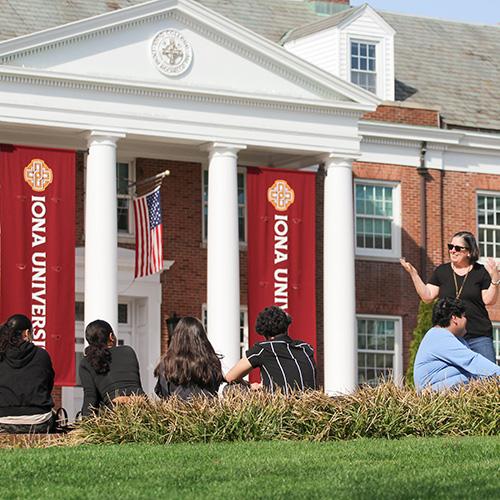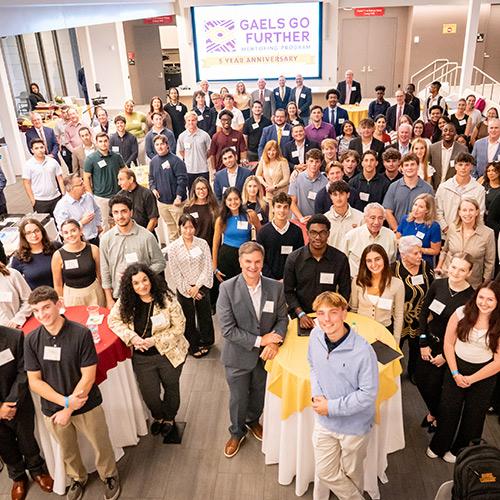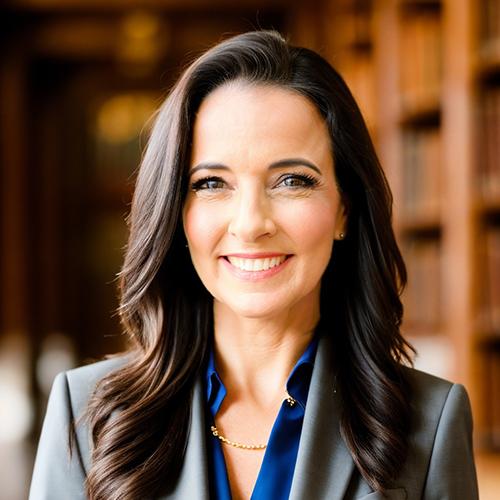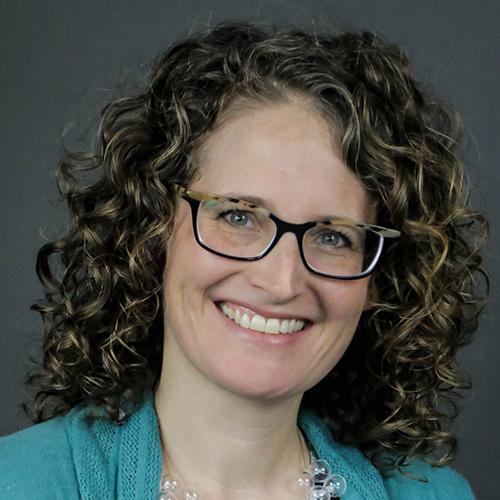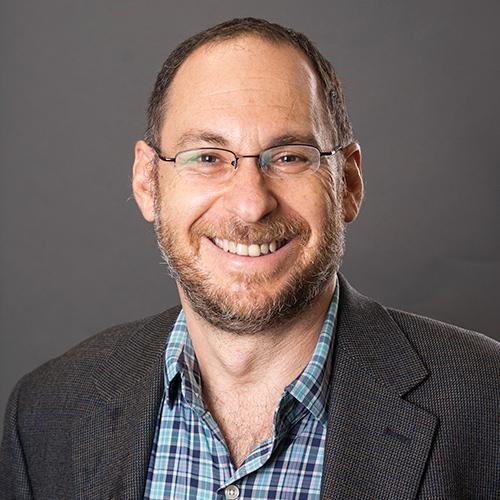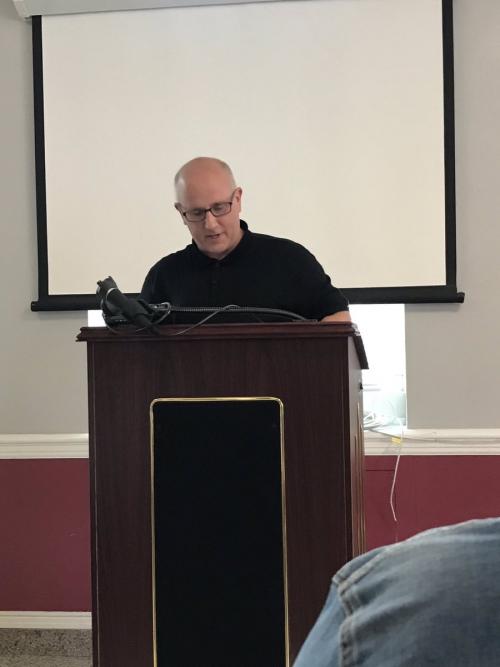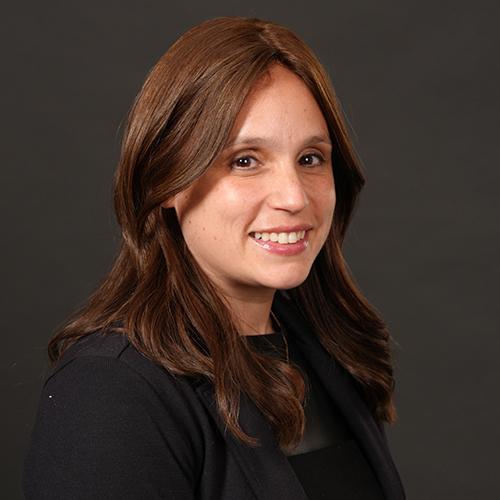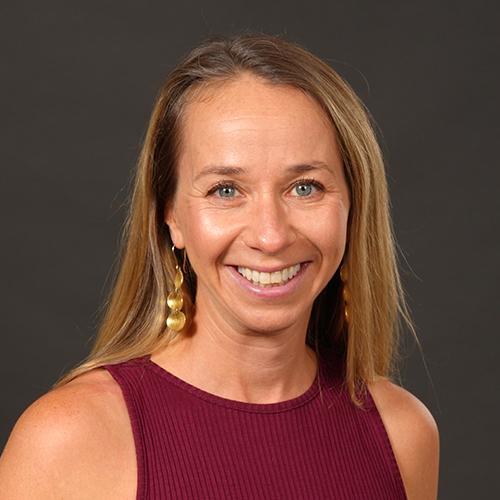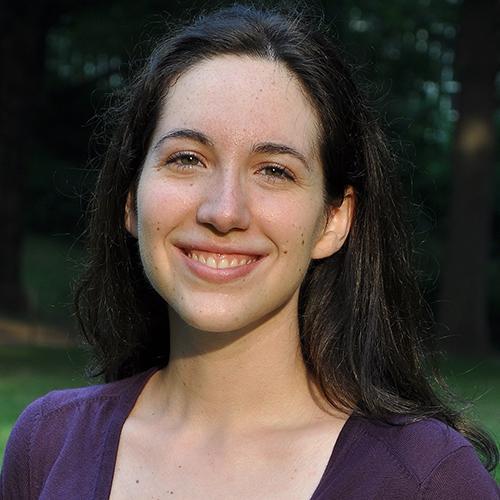Instructional Design Studio Archives
Amanda shares the tools she used to make her courses, as well as her support, more accessible to her students, including Blackboard reorganization, using Calendly for scheduling 1:1 meetings, and using Microsoft Forms for giving quizzes. She also discusses tools and techniques she found effective in making her teaching more engaging in the mixed mode: using shared docs in breakout rooms, incorporating Flipgrid assignments, setting up a course Facebook page, using Adobe Spark, and managing student-choice group projects.
Aaron discusses how he reconfigured the use of instructional time in mixed mode to deliver a connected experience for students. Using recorded lectures, in-person sections, project-based small group meetings for students, and full Zoom sessions, the new configuration sought to take advantage of the strengths and capacities of different modes of delivery. Aaron addresses both the advantages and challenges of this approach, along with possible post-pandemic applications of these principles.
Dean Defino and Tony Iodice led a conversation that focused on the challenges and opportunities facing faculty who use digital media in their classrooms. The goal of this session, as in all sessions sponsored by the Design Studio, is to encourage faculty to share experiences and perspectives, and to collaborate on new approaches that meet current and emerging needs.
Shoshana Altschuller demonstrates a few examples of apps to include Articulate 360 and VoiceThread to serve as a springboard for a faculty discussion around what makes asynchronous course delivery engaging, and the potential for these tools and techniques in the post-pandemic classroom.
Christine Hardigree discusses how students can create podcasts (audio- or video-taped discussions of a given topic) to facilitate reflection and learning.
View an Archive of the Presentation
Michelle Veyvoda and Jen Gerometta led a faculty discussion about their experience with class conversations around student needs and faculty concerns during mixed mode and other challenging circumstances.
The presentation covers how to identify when it's time for a "chat" with our classes, how to bring up difficult topics, and the results of such conversations, including revising course design, fully re-designing a course, or choosing to "stay the course".
View an Archive of the Presentation
Courses with multiple sections and instructors present particular challenges for faculty, namely consistent delivery of key content and skills across the sections. Kathleen Kristian discusses the effort in CHM 109 laboratory and recitation to collaboratively create common SLOs, course structure, and Blackboard course environment. Collaboration of faculty to create these common course elements has provided richer content for students, enhanced students' "user experience" in the course, and helped faculty avoid duplication of effort.
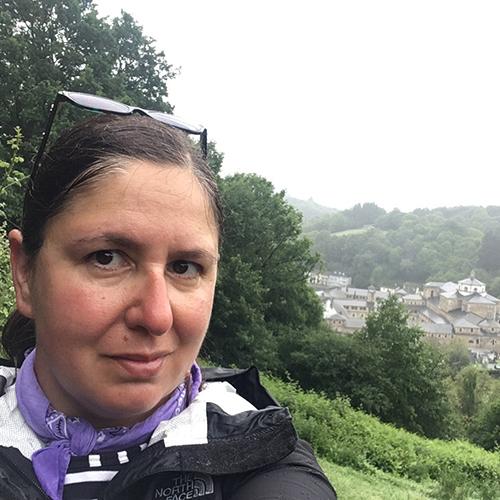
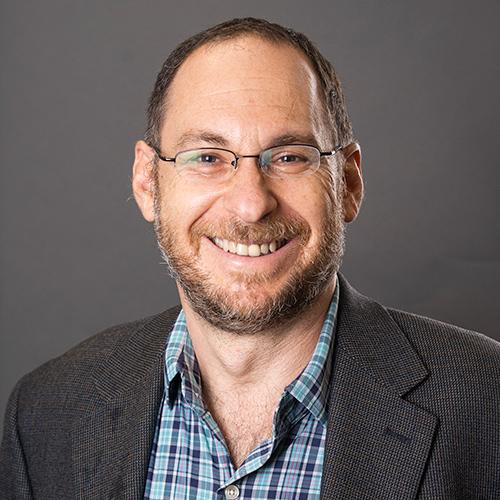
In Fall of 2021, the Department of English piloted a collaborative model for teaching Core literature using departmental core classes to expose students to a variety of perspectives within our discipline. With funding support from the office of the President and the Dean, five English faculty members assigned to individual core sections (ENG 212, 213, 214) met approximately 15 times during the spring and summer of 2021 to “desilo” – sharing specialization areas with our colleagues – and to develop learning modules that each of us would be able to use in constructing our own courses. We also worked closely with library experts to develop the technological expertise necessary for seamless delivery and supporting materials to enhance the classes, as well as with students, who provided input and feedback as we developed curriculum. Finally, each faculty member recorded three 20-30 minute lectures, setting aside one hour per week of class time to engage this shared material; the remaining two hours of class time were organized at the discretion of individual faculty, but informed by the shared material. This pilot modeled substantive faculty collaboration, allowed for a high-impact professional development experience, optimized now familiar technological resources, and provided students with an enriched version of our core offering.
In this session, Dr. Brandon Ring from the Psychology Department presents on how course structure can improve the student’s experience and understanding of course material.
Read more details on Dr. Ring's process here.
In this session, Dr. Josh Klein from the Criminal Justice & Sociology Department presents how he uses student surveys in teaching and how this process has helped him develop his research. Past topics have included inequality, power, imperialism and white-collar crime. The surveys measure beliefs, preferences and political stances. Dr. Klein reviews the results in class and asks students to guess the response distributions for some questions before showing them. The exercise helps drive home concepts such as theory, questionnaire development, and data interpretation. The process is relatively easy and can be adapted to any discipline. One downside is that it often seems to Dr. Klein that he is more excited about the exercise than his students, though some of them are clearly interested. Dr. Klein is interested in hearing suggestions for new ways to use this process to engage students.
In this session, Dr. Amal Alabbad of the Accounting Department elaborated on how she designed her online course, starting from the planning phase to the structural design process. She focused on the ease of use for students in Blackboard, and explained how she integrated the Quality Matters rubric concerning her course design.
In this session, Dr. Amy Stackhouse shared her experience using artificial intelligence in her teaching. She discussed the technology and techniques she found effective in engaging students, the challenges she encountered, the feedback she received from her students, and her suggestions for faculty considering the role of AI in their classrooms.
